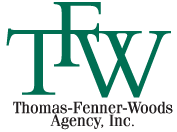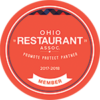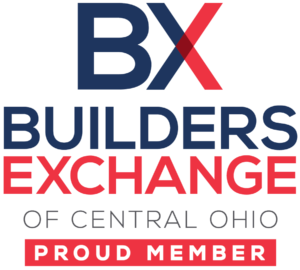In a very short amount of time, a fire can accelerate from a small flame to an out-of-control blaze. Fires destroy thousands of homes in the United States each year, so it is important for all homeowners to take steps to prevent them. It is also important to know what to do when a fire breaks out and how to control it. Research shows that almost 80% of structural fires happen in peoples’ homes or apartments. Almost all of these fires are preventable, so fireproofing a home is the most important step to take.
There is much more to fireproofing a residence than purchasing a fire extinguisher and testing smoke alarms regularly. For increased safety, consider the following suggestions:
For Bedrooms
- Replace any mattresses made before 2007 with new ones. The Federal Mattress Flammability Standard was enacted then, and it was made to increase the manufacturing safety standards.
- Avoid using space heaters or electric blankets that are not approved by leading laboratories.
- Make sure electrical cords are not trapped against walls or under objects where heat commonly increases. Never put clothing or textiles on top of lamps.
- Make sure closets and other storage spaces do not have loose papers or other flammable materials lying around.
For the Kitchen
- Never leave food unattended in the oven, on the stove or in other kitchen cooking devices.
- Make a habit of using timers for cooking food.
- Avoid leaving flammable items on kitchen counters. Paper towels, cleaning supplies, oven mitts and shopping lists should be stored in safe places.
For Appliances & Electrical Outlets
- Leaving any appliance on increases the risk of a fire, so never leave the home without making sure all appliances are off. This also includes washers, dryers and dishwashers.
- Frequently clean stoves, change furnace filters, clean vacuum filters and empty dryer lint traps.
- Check the cords of fixtures and appliances frequently. If they are frayed, they should be replaced.
- Avoid plugging too many items into one electrical outlet or power strip.
- If fuses blow several times in a short time span, call an electrician immediately.
- Have the home’s wiring examined frequently. This is especially important in older homes, attics and crawl spaces where insulation can be ignited by sparks.
Unfortunately, even the most careful homeowners can experience a fire. Lightning could strike, and a burning tree or bush could engulf a home in flames during a dry lightning storm. For this reason, it is important to have ample insurance coverage. Homeowners and renters should discuss these options with one of our agents.





